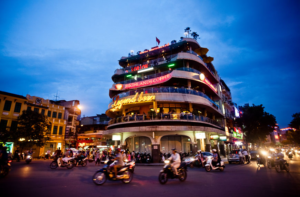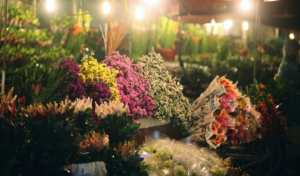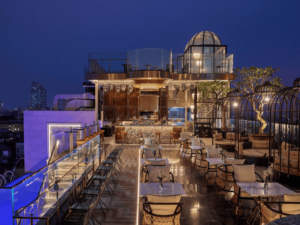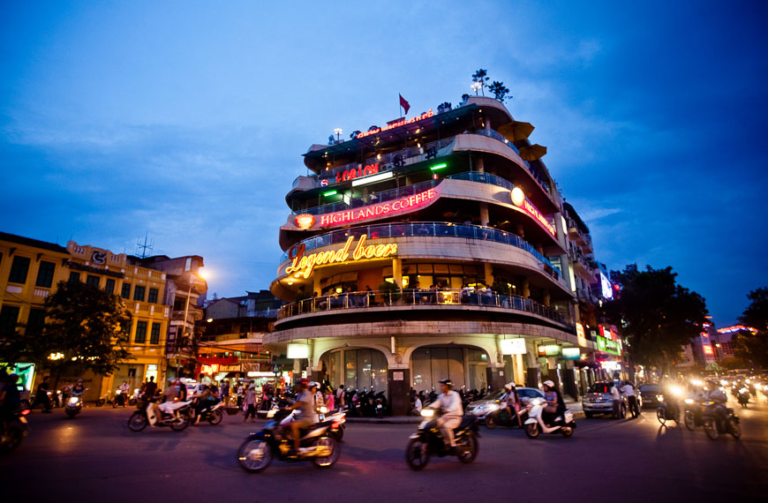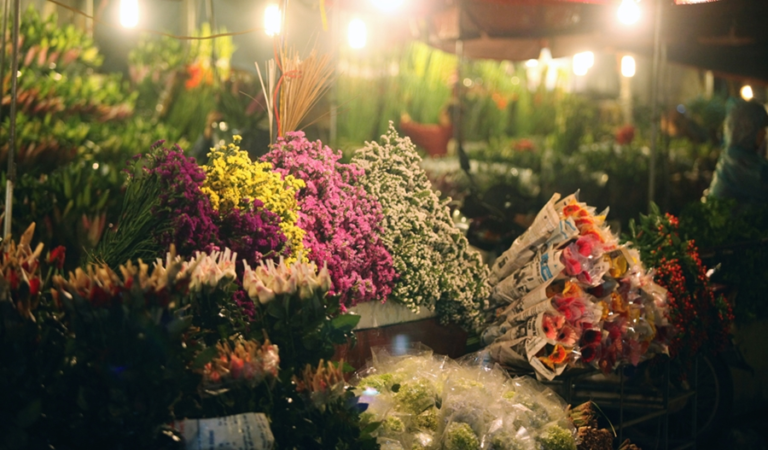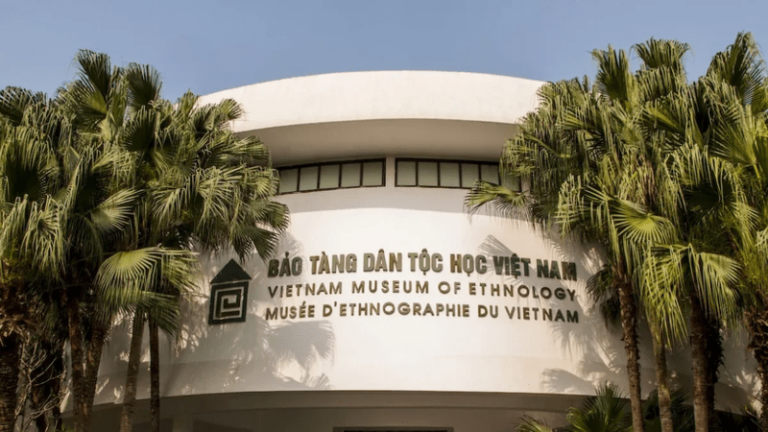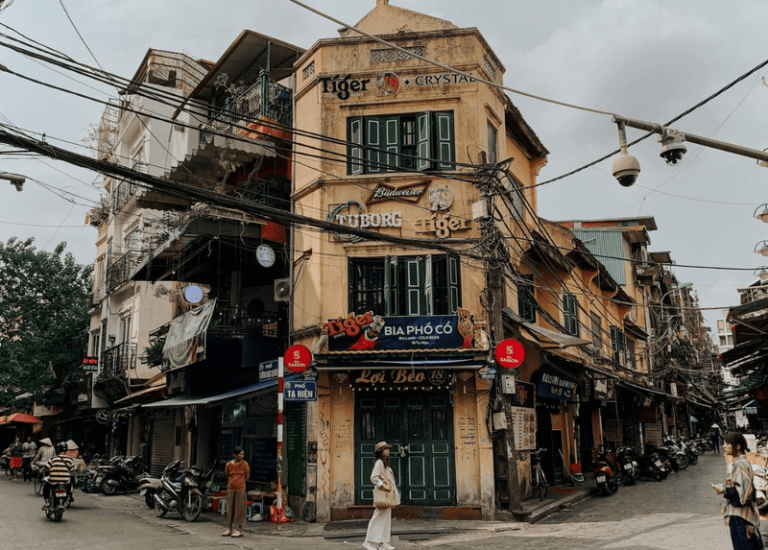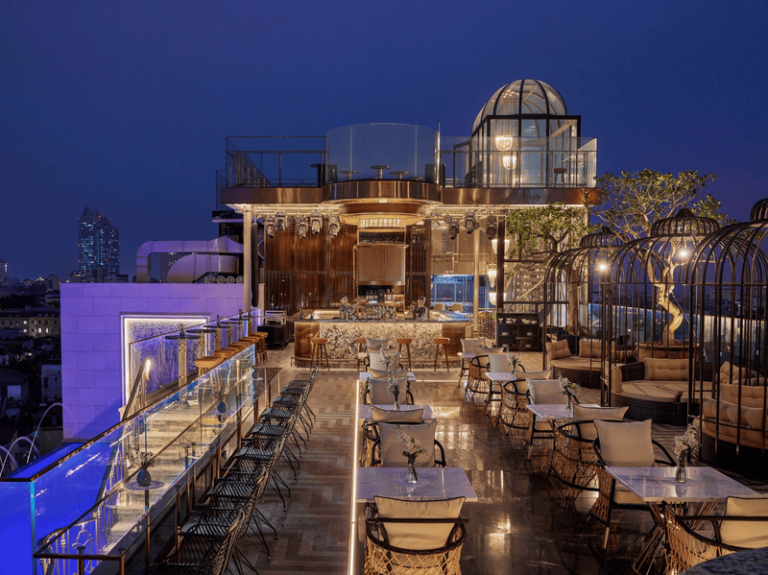Traveling to scenic areas and historical relics from the North through the Central Highlands to the Southern Plains, every province and locality has famous tourist attractions with regional characteristics, attracting domestic and foreign tourists.
Photos of charming Vietnamese countryside, mountains, forests, and rivers were captured by photographers with bright colors, creating pure, beautiful images of a peaceful Vietnamese country. Now that villages are being urbanized and high-rise apartment buildings are becoming a feature of new streets and cities, village photos still retain the soul of the countryside and become highlights of village tourism. The country invites tourists.
Rural Vietnam is diverse, with a national identity, beautiful natural scenery, and friendly, peaceful people. Let’s visit 5 famous places to discover the true natural beauty of the rural areas of Vietnam in the article below.
Mekong Delta

The Mekong Delta is a significant economic and cultural region in South Vietnam. The rich land is blessed by nature with a favorable climate and rich terrain to create lush four-season gardens. Diverse and rich tourism resources bring visitors great experiences.
Canals in the Mekong Delta are intertwined between riverside gardens, hundreds of hectares wide, forming an ecosystem suitable for life. Horticultural tours in the Mekong Delta bring new things to visitors.
Here, the emphasis is on taking advantage of river nature and indigenous people’s simple way of life.. Visitors will have the most authentic feeling at fruit-filled orchards, become gardening farmers or visit traditional craft villages.
Read more: Hoa Lo Prison: one of the best Hanoi places to visit to rewind the hung past
Sapa

Coming to Sa Pa, visitors will be immersed in the beauty of the green rice fields stretching to the horizon. The charm coincides with mountain spies all year round mixed with white mist on the terraced fields. The diverse natural environment, typical climate, unique cultural traditions, and rich national identity have developed a tourism model associated with new rural construction in Sapa.
Tourist paradise in Sapa takes visitors to experience the roof of Indochina, visit the spiritual architectural complex on the top of Fansipan mountain, experience the terraced fields in Muong Hoa Valley… The homestay service of local people is growing and attracting many visitors to experience the daily life of local people. Tourism development in rural areas has created a rich source of income for people in Sapa.
Ba Be National Park

Ba Be National Park is an ideal eco-tourism destination recognized by UNESCO. The raw and lyrical splendor of nature here makes it the ideal destination for adventure seekers. Looking down from above, Ba Be is like a watercolor painting that brings indescribable feelings of lightheadedness. Ancient forests surround the famous Tien Lake, the lake’s surface is flat, without a ripple.
There are numerous ethnic minority communities in the vicinity of Ba Be National Park.. The people here are mainly Tay people living in the lowlands along the river. The development of tourism makes their lives better.
Read more: Vietnam tourist spots Ho Chi Minh City: The pearl of the modern life
Ninh Binh

Domestic and foreign tourists who have the opportunity to visit Ninh Binh will feel the wild beauty of the Vietnamese countryside—images of village bamboo ramparts, green rice fields and peaceful and rustic villages. Ninh Binh land has many famous historical relics and scenic spots of the proud country with a national cultural identity. Agricultural tourism based on the available potential of the locality has brought Ninh Binh to develop more and more.
Pure natural beauty with the charming wild beauty of Trang An eco-tourism area, flooded Van Long lagoon, majestic ancient features at the King Dinh and King Le temple, unique Phat Diem stone church architecture, etc. The ancient capital’s harmonious, idyllic, but rustic scenery is always popular with tourists.
Quang Binh

Referring to Quang Binh is referring to Phong Nha – Ke Bang cave, clear Le Nhat beach, and peaceful Le Thuy countryside with dishes rich in rural flavor. The limestone mountains and tropical climate with many beautiful natural landscapes. Quang Binh is located in an area with biodiversity with many rare gene sources.
Phong Nha – Ke Bang area is favored by nature with majestic and mysterious wonders. The shimmering caves in limestone were formed millions of years ago. This place is known as the “Kingdom of Caves”, where many strange things attract many explorers, cave scientists, and tourists to explore.
Now, Quang Binh is not only famous for the world’s natural heritage complex of Phong Nha – Ke Bang National Park, but it also attracts many attractive destinations such as Da Giay beach, Quang Phu dunes, Chay River, etc. If you can visit Quang Binh, you will experience the most memorable moments.
Characteristic features of Vietnamese village culture

Village bamboo pile
A village bamboo pile is the administrative boundary of a hamlet, village, or hamlet within a commune. In that village, about a few hundred households or more than one or two thousand households live. Outside the village’s bamboo ramparts are fields of rice, corn, potatoes, cassava… of rural people.
Village gate
Vietnamese villages used to have one main entrance called the village gate. Vietnamese village gates usually have two front or front gates, and a smaller entrance called the back gate. The major route in the village runs from the front gate to the back gate. The gate is a typical barrier and a representation of the village’s might. Some villages even set up stele with Chinese characters on the side of the gate to remind anyone who passes through the gate. Even noble people must dismount from their horses and carriages to show respect for village rules.
Village wells
Village wells are often located in the architectural space of temples and pagodas. Whether the village is rich or poor, rich or poor, built of bricks, soil, or laterite, the village well is still a place of long-standing attachment. Durable in the lives of Vietnamese villagers and forever a dear and close image in people’s minds when remembering the countryside.
A local tutelary god
The deity revered in a Vietnamese village is known by the common name Thanh Hoang Lang (Tutelary God). In terms of both spirituality and material existence, the tutelary god is the absolute ruler of the community. They are the most revered deities, capable of witnessing and covering the full lives of the villagers and safeguarding them and bestowing upon them blessings for prosperity and health.
The best center Vietnam tour: Tour in Vietnam


